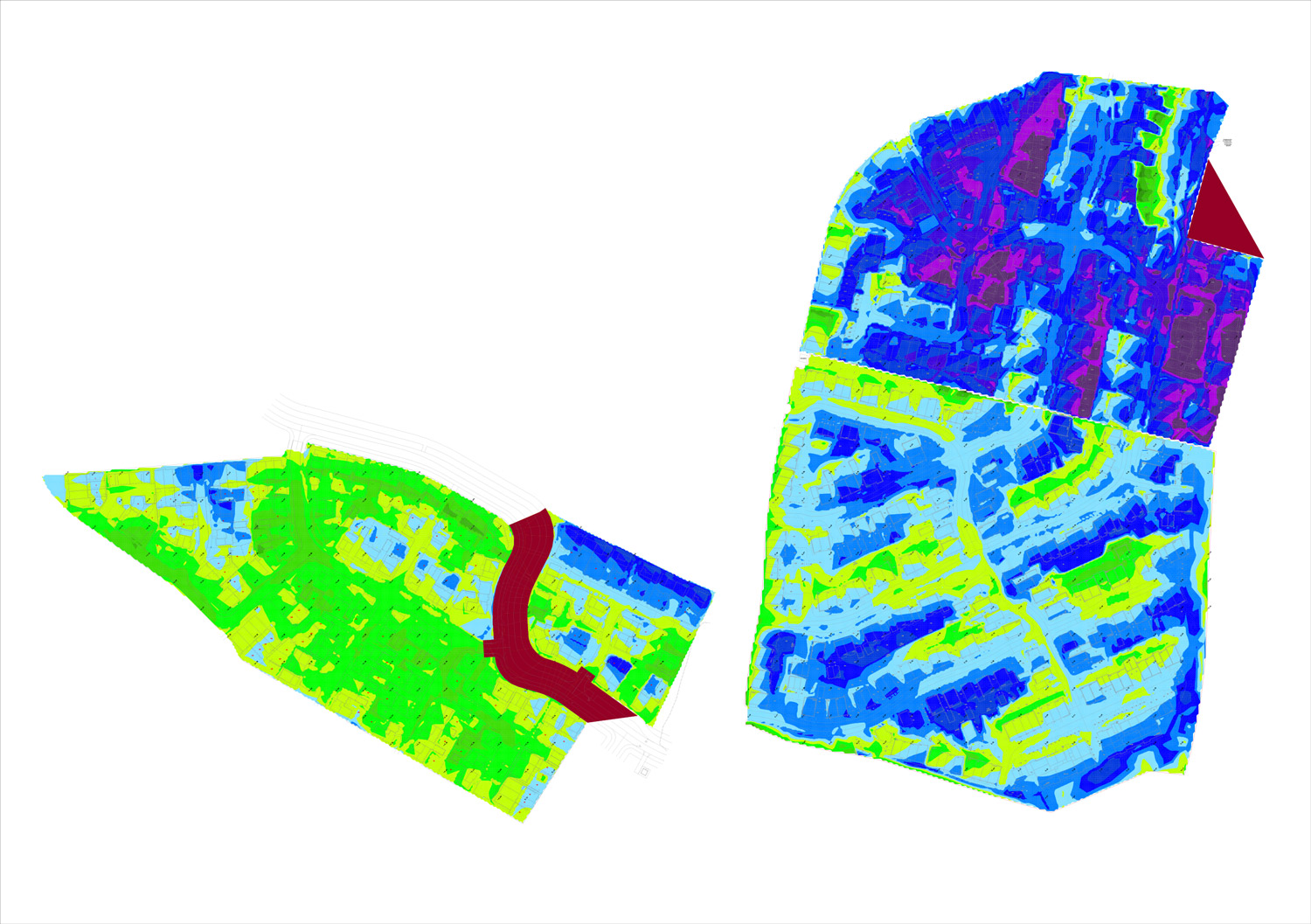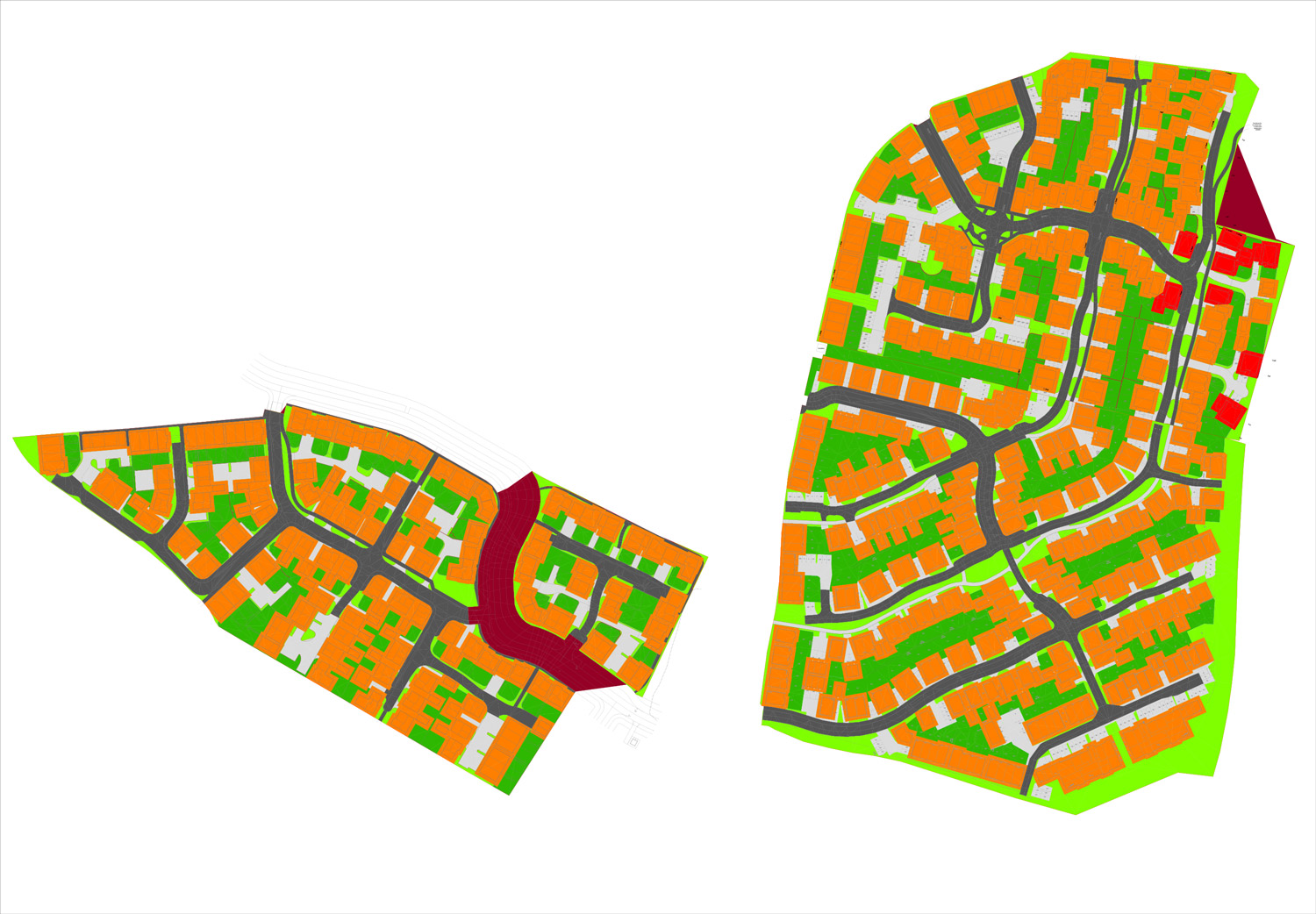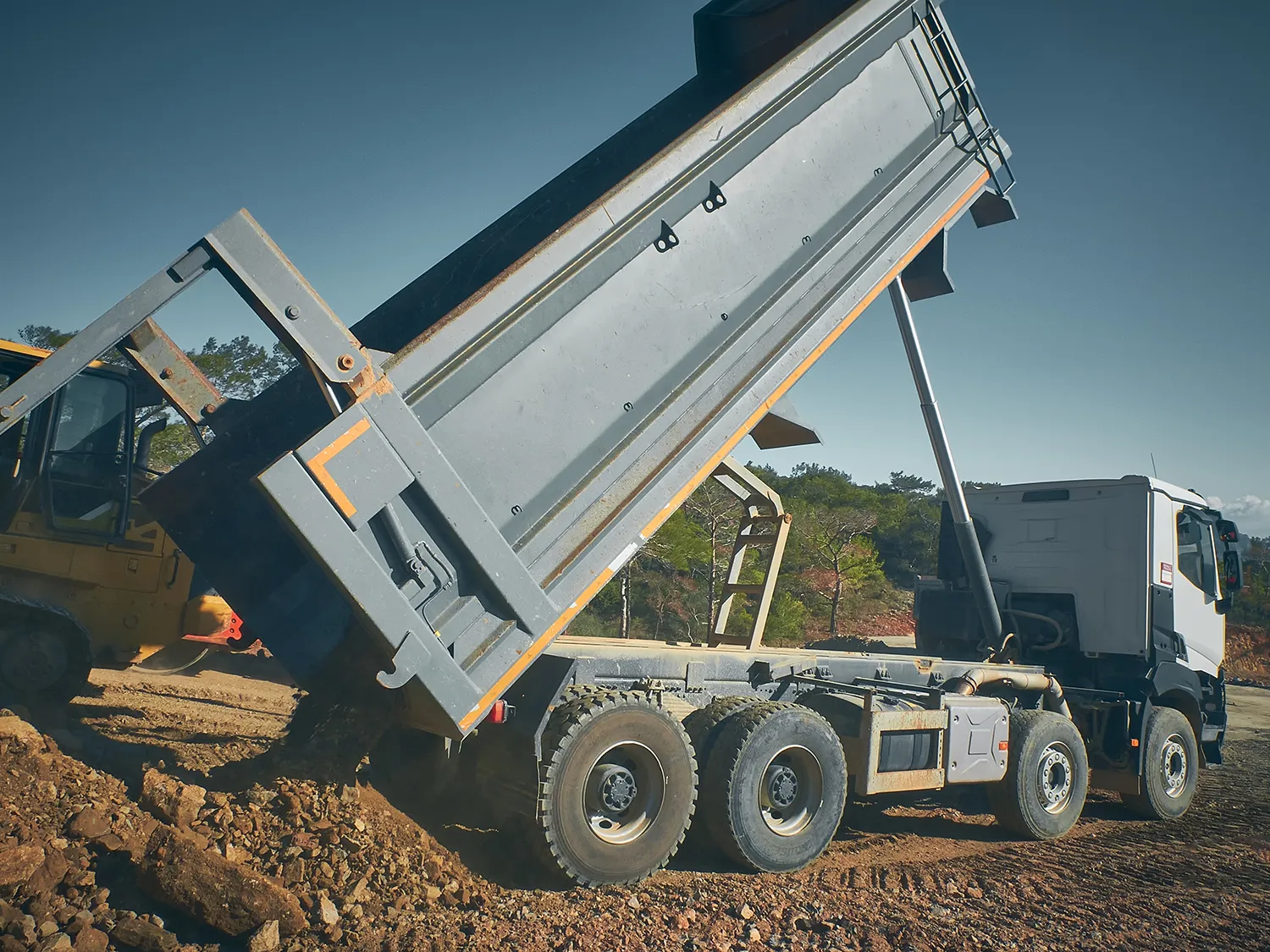ERGO were commissioned to complete a detailed earthworks volumetric assessment on a largescale proposed residential scheme featuring a school and commercial areas in Hertfordshire. Following the original phase of development, additional models were required for each phase to confirm whether sufficient soils would be generated during the site works. ERGO then completed several models of differing proposed levels for the final parcel, to determine how much the site would need to be lifted to accommodate the anticipated excess from the other parcels.
Earthworks Modelling for a Largescale Combined Residential and Commercial Development in Hertfordshire
Project Overview

Site Background
The site predominately comprised greenfield land of separated fields with small watercourse across it. The previous Site Investigation noted topsoils across the site were assumed suitable for reuse.

Site Works
ERGO completed volumetric assessments for three separate parcels, with several revisions to model varying proposed levels, to help retain as much soil as possible on site. This helps reduce offsite cart away, resulting in both cost savings and environmental benefits including fewer trucks on the road and less materials to landfill. Additionally, the use of models helps facilitate movement between the parcels to decrease the carbon footprint of the overall development.
Following the original model, ERGO were contacted during the second parcel’s design to discuss the quality of topsoil available on site. The site strip was not producing suitable topsoil deposits and instead recorded clay deposits at the surface. The earthworks models were then rerun to change the material types available on site. This then impacted planning and material retention on future phases and allowed the required changes to be implemented.
Key Issues and Solutions
Due to the site strip materials being different than originally believed in the previous site investigation, the modifications to the model then incorporated soil blending with fertilisers, using clay as general fill on site and on the wider parcels. There was also a need to lift the final phase’s design to accommodate as much soil as possible to avoid materials being sent to landfill. Several different assessments were completed for each phase to model the most effective solution.
